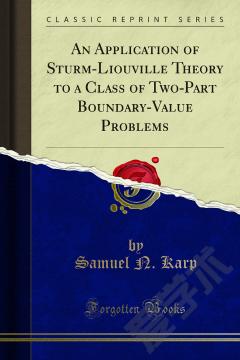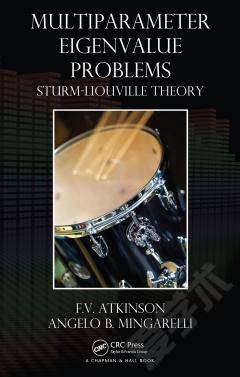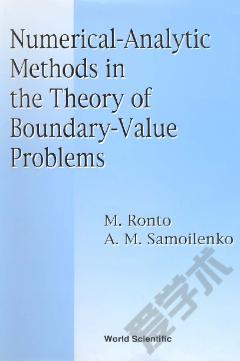An Application of Sturm-Liouville Theory to a Class of Two-Part Boundary-Value Problems
The mathematical aspects of the theory of wave propagation in longitudinally uniform waveguides are discussed in Sturm-Liouville theory, which deals with the existence of a set of experimentally determinable normal modes or eigenfunctions and corresponding eigenvalues. Regardless of the transverse variation of the electrical properties of the guide in particular cases, the theory furnishes a list of qualitative properties which the eigenfunctions and eigenvalues share with all other eigenfunctions and eigenvalues corresponding to the same boundary conditions. When a semi-infinite bifurcation is introduced into the guide, two or more semi-infinite waveguides result; the difference between the electrical properties of these waveguides is mathematically exhibited in a change of boundary condition or interval of definition of the modes and also in the new eigenfunctions and eigenvalues that arise. These form a complete set of functions in the narrower waveguide created by the bifurcation. The qualitative properties of this new set of functions are not the same as those possessed by the functions relating to the undisturbed part of the waveguide.The present paper reports an investigation, suggested by the situation described above, of the possibility of expressing the solution of problems relating to the bifurcated waveguide in terms of the solutions relating to the simpler component waveguides. Our results may be briefly described as follows:It is found possible to express the solution of the two-part problem in a very simple manner in terms of the eigenfunctions and eigenvalues which relate to the component waveguides. Many of the usual complications of procedure are sidestepped, and the solution obtained is both analytically perspicuous and completely general. The proof depends purely on general properties of Sturm-Liouville functions, i.e., on the qualitative properties of the modes which are suitable in different portions of the guide. It is hoped that the result may obviate the necessity of subsequent investigation of particular cases, and that it may make it possible to assess the performance of a bifurcated variable-layer waveguide in terms of the performance of unbifurcated waveguides.
{{comment.content}}








 京公网安备 11010802027623号
京公网安备 11010802027623号